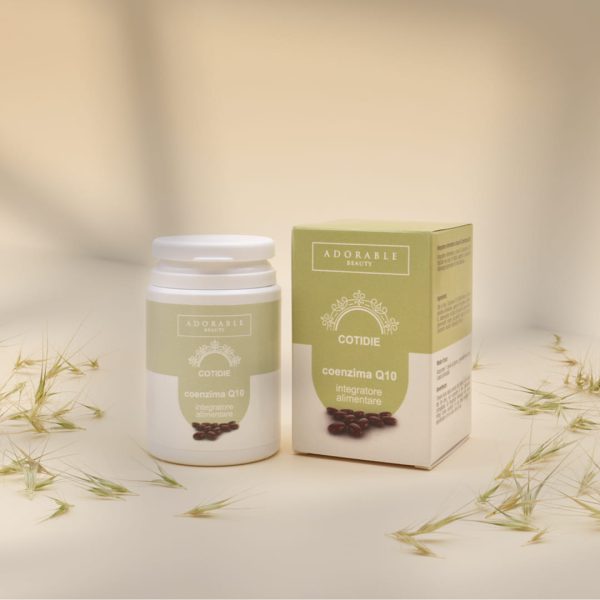Content
Spring is a season that brings with it a feeling of nature’s rebirth. As the sun arrives, the air becomes warmer and sweeter, and the scent of flowers begins to spread everywhere. For us women, this is a wonderful time to get carried away by the positive emotions that spring offers us.
It is time to dress in bright and cheerful colors, take long walks in the fresh air and enjoy the sunlight on your face. Spring invites us to become part of nature, find inspiration in the beauty around us and fill ourselves with energy to face life’s challenges. With the sun on our skin and the wind in our hair, we can feel the joy of being alive and being able to appreciate every little gift that life gives us.
The arrival of spring brings with it warmer temperatures and a desire to be outdoors, but also more health risks related to sun exposure. In fact, many of us underestimate the danger of tanning or exposing ourselves to the sun without protection during this season, but there are several reasons why it is important to take precautions.
It is in spring that nature awakens the senses, the open air and sunshine invigorate the soul and breathe new life into the heart.
RISKS OF THE SUN IN SPRING
First, the sun’s UV rays can cause sunburn, which is not only painful but also harmful to skin health. Sunburns increase the risk of developing serious diseases. Women with darker complexions or who do not burn easily are also at risk and may develop long-term skin problems if exposed to the sun without protection.
In addition, sun exposure can accelerate skin aging, causing wrinkles, spots and loss of elasticity. This can be especially noticeable on the skin of the face and hands, which are exposed to the sun most frequently.
SIMPLE PRECAUTIONS
But what precautions can you take to protect yourself from the sun in spring?
First, it is important to avoid prolonged exposure, even if the sun is pleasant it could cause sunburn on more sensitive skin.
Second, it is important to use a sunscreen with a high protection factor (at least 30), especially on the parts of the body most exposed to the sun. It is important to apply sunscreen at least 15 to 30 minutes before sun exposure and reapply it throughout the day.
Finally, it is important to hydrate properly during the day outdoors.
INTEGRATION
There are substances in nature that when taken in the correct doses can prove to be a panacea for our skin.
Beta-carotene and Q10 enzyme supplements can offer many benefits during spring sun exposure. Beta-carotene is an antioxidant that is converted to vitamin A in the body. This vitamin is essential for healthy skin and eyes, and can help protect skin from UV exposure. In addition, beta-carotene can help maintain a tan longer by preventing the rapid disappearance of skin color.
The enzyme Q10 is an antioxidant found naturally in the cells of our body. During sun exposure, Q10 can help protect the skin from free radical damage, caused by UV rays. In addition, Q10 enzyme can also improve skin cell regeneration, helping to keep skin young and fresh.
In general, taking beta-carotene and Q10 enzyme supplements can help protect the skin during spring sun exposure, preventing UV damage and keeping the tan longer. However, it is important to note that supplements cannot replace the use of proper sunscreen and other precautions during sun exposure.
TO SUMMARIZE.
In conclusion, sun exposure in spring can be pleasant and healthy if the right precautions are taken. Protecting your skin and eyes from the sun can help prevent long-term damage and help you enjoy the warm weather in a safe and healthy way.








